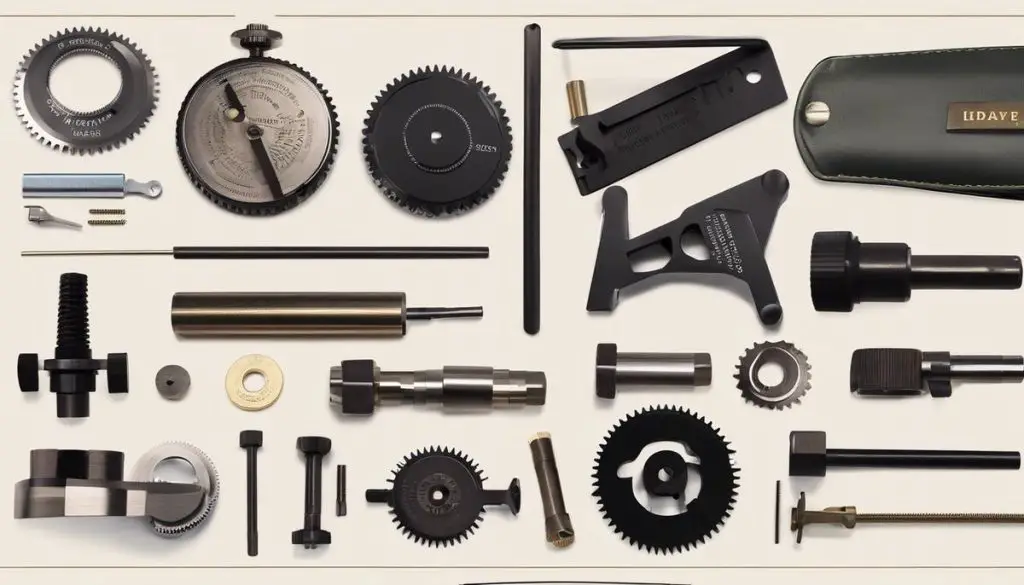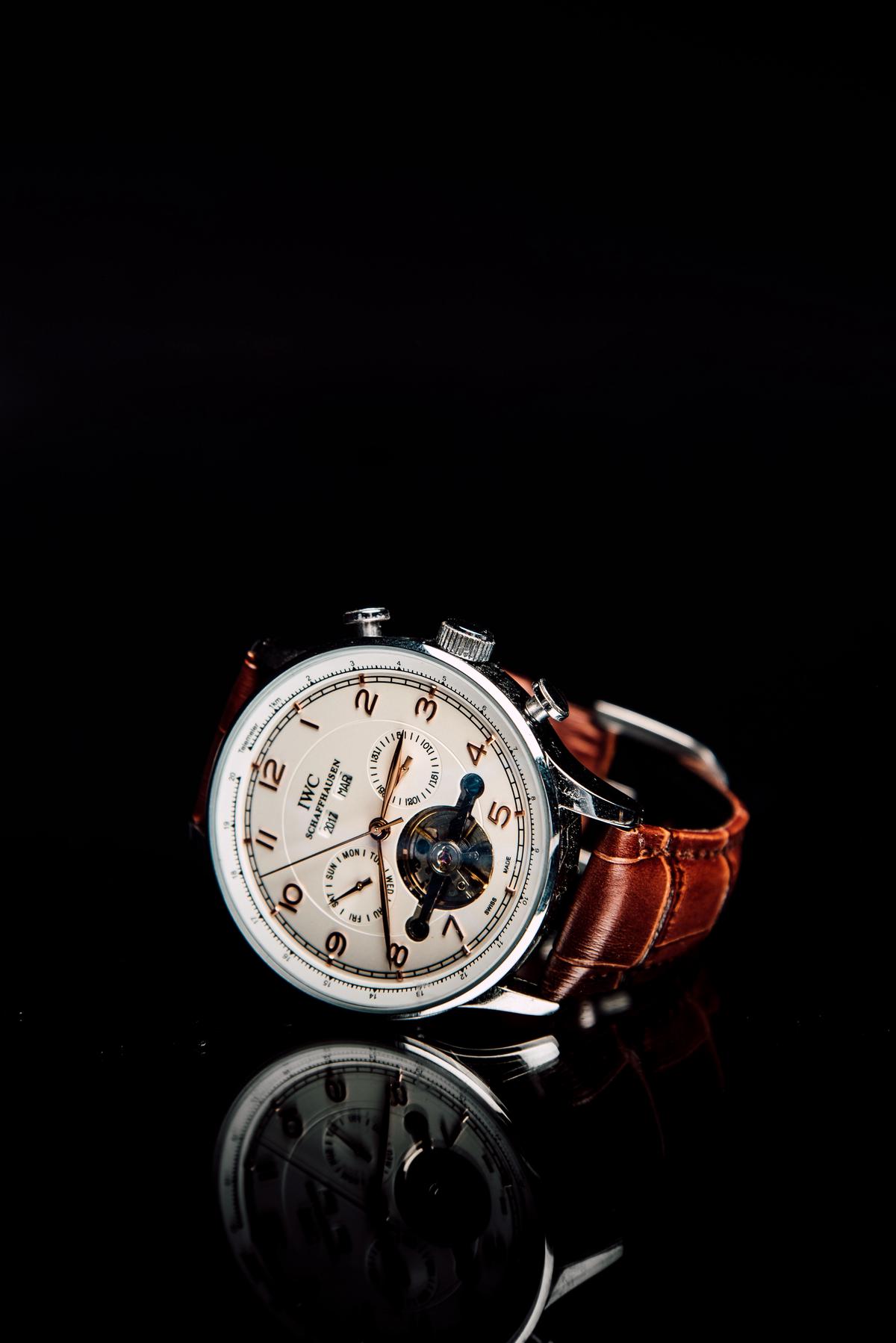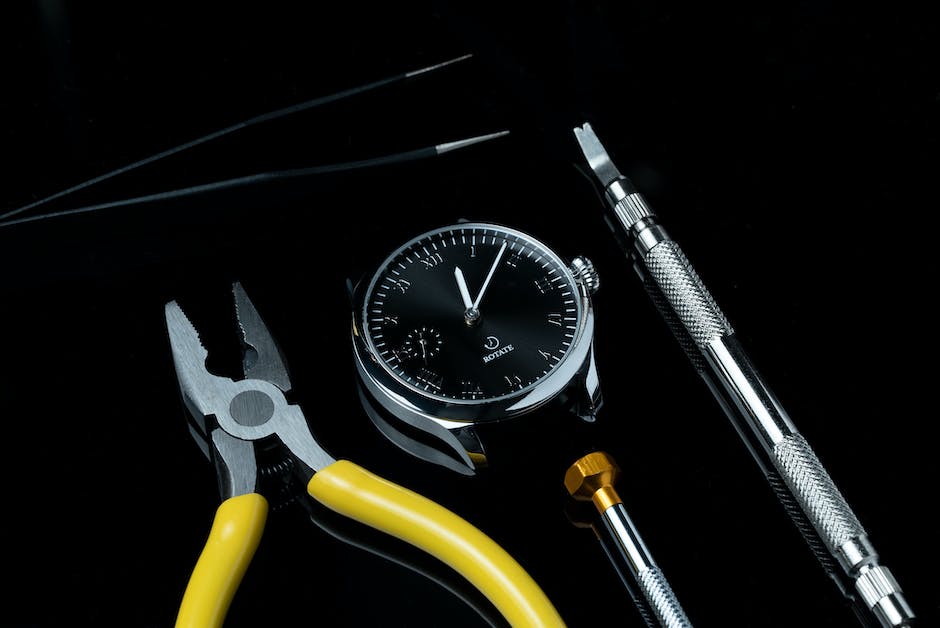Delving into the fascinating world of timepiece assembly and repair brings an array of tools in need of mastery, with the watch back press tool at the forefront.
This essential equipment can often appear daunting to hobbyists and enthusiasts, yet it holds the key to maintaining and repairing the heart of any timepiece.
This comprehensive guide aims to demystify the watch back press tool, break it down to its constituent parts, and explain the role of each component.
In addition, the essential technique necessary for appropriately leveraging this tool, top safety measures to be observed, and the standard procedure will all be illuminated.
Lastly, it unravels those common snags that you’re likely to encounter when using a watch back press tool and offers tried and tested troubleshooting tips.
Understanding the Watch Back Press Tool
All You Need to Know About the Watch Back Press Tool
One of the most fascinating aspects of horology, the art of timekeeping, is the hands-on experience it gives enthusiasts while dealing with intricate timepiece mechanisms.
Today, let’s deep dive into one of the less spoken yet incredibly essential tools for watchmaking and repair – the unsung hero, the Watch Back Press Tool.
First things first, what is a Watch Back Press Tool? Fundamentally, it’s a tool to secure the back cover of a watch or a re-timepiece tightly in place, a crucial step in watch reassembly.
Whether you’re a DIY hobbyist or a professional horologist, having a watch back press in your toolbox can make the process of watch reassembly smooth and hassle-free.
But how does a Watch Back Press Tool function?
Functioning of a watch back press tool can be summarised in three simple steps:
- Select the Appropriate Die: The die is the cup-like implement that interfaces with your timepiece. Choose a die that aligns with your watch’s size. Ensure the die is larger than the watch crystal but smaller than its case.
- Position the Watch: Once the die is secured on the press, it’s time to position the timepiece properly. The face of the watch should be down, with the backside up.
- Press It Down: Carefully align the watch’s back onto its body. Once aligned, the press mechanism of the tool is used. Apply a gentle, even pressure, and the back of the watch should click into its place.
The magic of this tool is its ability to impart an equal force across the watch’s back, ensuring a well-adjusted and safe fit.
This prevents the hazards of misaligning or damaging the watch’s intricate inner workings.
Now, you might wonder, can’t this just be achieved using a regular hammer and a bit of precision?
Technically, yes. But the risk involved in causing irreparable damage is high. This is where a watch back press tool shines – it is purpose-built for this task, reducing risks while increasing efficiency and precision.
Remember, despite the simplicity of function, tact and care play a key role when applying a watch back press tool.
Always approach with gentle precision, never force the back into place. An excess of pressure can cause damage to your beloved timepiece.
So, keep these handy tips in mind and embrace the art of time-keeping with a renewed passion.
Enjoy the journey of horology, one tick at a time! A small but mighty watch back press tool can be the secret weapon that transforms a daunting task into a smooth operation.
Let’s appreciate the often overlooked, but genuinely spectacular, keys to perfect watch reassembly. Happy watchmaking dear enthusiasts!

Appropriate Use of the Tool
The Watch Back Press Tool: An Indispensable Asset in the Art of Horology
Delving deeper into the world of watchmaking and repair, the importance of certain tools and techniques can’t be overstated.
One such piece of indispensable equipment is our star of today – the Watch Back Press Tool.
A Watch Back Press Tool – a simple name for such an essential piece of equipment in the craft. One might even call it the backbone behind the assembly of a wristwatch.
This tool allows for the efficient, secure, and accurate replacement of your watch’s back piece – a critical step one should never overlook in watchmaking and repair.
Experience the Unmatched Practicality
A watch back press tool makes the work of replacing a watch back far less daunting, and its usage is straightforward.
Once you have the separated watch and back side-by-side, you’ll need to select the appropriate die that matches the size of your watch back. Attach this die to the top side of the press.
Lower the handle gently, aligning the lower, flat die with the watch back. With some precision-guided pressure, the watch back clicks into place—without damaging the watch, leaving the tell-tale signs of scratches or dents.
Revel in the Excellence of Precision
In an arena where precision is paramount, a watch back press tool enables fine adjustments down to the last millimeter.
It ensures that the watch back fits exactly as intended, keeping the internal mechanics protected and the aesthetic untouched.
With the adjustable, removable dies, the watch back press tool can accommodate a variety of watch sizes, making a universal solution for regular and oversized watches alike.
The Upper Hand Over Alternatives
The time-tested approach of a watch back press tool leaves alternative methods in its wake. Unlike the hammer-and-punch method, it ensures no terrifying “miss hits,” scratching, or cracking of the delicate watch back or, worse, the watch movement itself.
Furthermore, compared to force-fitting the back case by hand, a watch back press tool makes the task considerably less laborious, ensuring a perfect fit every time without wrist-wrestling your valuable timepiece.
The Humble Giant in Horology
In the nuanced art of horology, watch back press tools are unsung heroes. These tools, though often overlooked, bear the responsibility of bringing a masterpiece to completion.
Besides acting as an effective physical tool, the use of the watch back press speaks of one’s devotion to this timeless craft, and each gentle press is a testament to the respect for the precision that horology demands.
For all the watch enthusiasts and artisans out there, the Watch Back Press Tool isn’t just a device.
It’s an integral part of a humbling learning curve in horology, a symbol of refined craftsmanship, and a piece of the puzzle that brings one’s passion for watches to life.

Troubleshooting Common Issues
Moving on from the fundamental knowledge about the Watch Back Press Tool, let’s delve into common issues that might arise while using it and efficient methods to troubleshoot them.
It’s an undeniable fact that even while working with the most dependable tools, meticulous hobbyists and professionals alike may occasionally encounter obstacles.
Therefore, gaining a basic understanding of troubleshooting is a giant leap towards conquering watch repair complications.
Firstly, we’ll explore the problem of the watch back not fitting snugly after using the press tool.
This could either be a result of using an incorrect die size or due to the uneven application of pressure.
Here’s the secret to solve it – ensure that the die’s size matches exactly with the watch back, and try to redistribute the pressure evenly across the tool’s platen.
It’s the gold standard of successful operation using a Watch Back Press Tool!
Next, a common issue could be a damaged watch back, which indirectly impacts the tool. Noticed any scratches or dents on the back of your watch?
It’s likely that this was caused by using a die that was too small or by pressing too forcefully. To effectively address this concern, a good rule of thumb would be to always apply gradual pressure and check regularly to avoid over-pressuring. It’s all about striking that perfect balance!
Experiencing any difficulties in aligning the watch back press tool? The underlying cause could be improper maintenance of the tool or misalignment of the dies.
This problem is generally easy to rectify. Just clean your tool regularly, ensure your dies are securely affixed, and take your time in aligning your watch back before applying pressure.
Let’s confront the final problem, a broken watch crystal. As disheartening as it may seem, it could be due to applying excessive pressure on the watch crystal with the press tool.
In these cases, remaining vigilant while applying pressure is crucial. Always inspect your work frequently to ensure you aren’t pushing things too far.
And remember, consistent soft pressure is a lot more effective than sporadic, hard pressure.
In the world of watch repair, troubleshooting using these methods converts an uphill task into a smooth journey.
But it’s essential to bear in mind, that on this road to successful watch repairs with a watch back press tool, patience, precision and consistent practice are the best pals. Happy watch fixing!

After embarking on this illuminating journey, navigating the intricacies of the watch back press tool scenarios should no longer pose a mystery.
With a solid understanding of its parts, the safety protocols to employ, meticulous handling techniques and comprehensive steps to counteract any problems that may arise, using this tool should become second nature.
Ultimately, the knowledge gained will elevate the quality of the work produced, offer profound satisfaction in solving timepiece complications, and afford a deeper appreciation for the delicate intricacies that make each watch tick.
Therefore, harness the potential of this guide to open up a whole new world of precision and skill in your watch repair journey.


